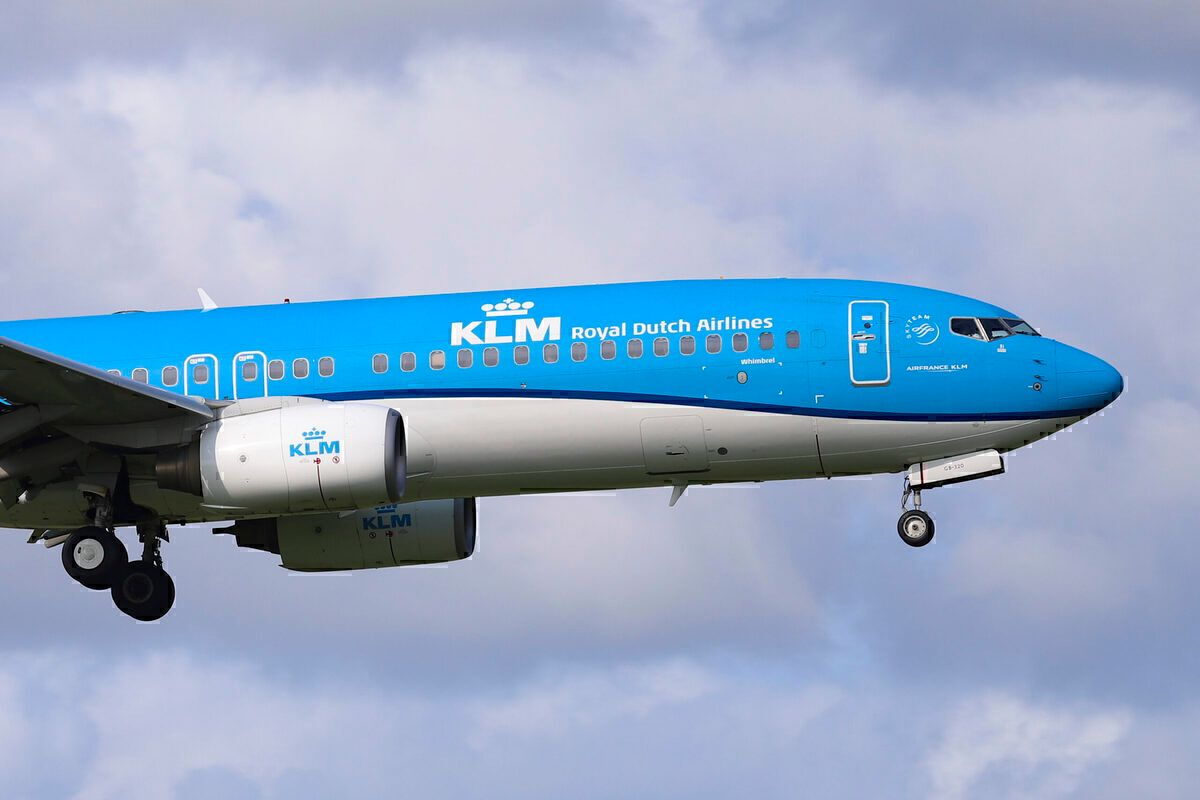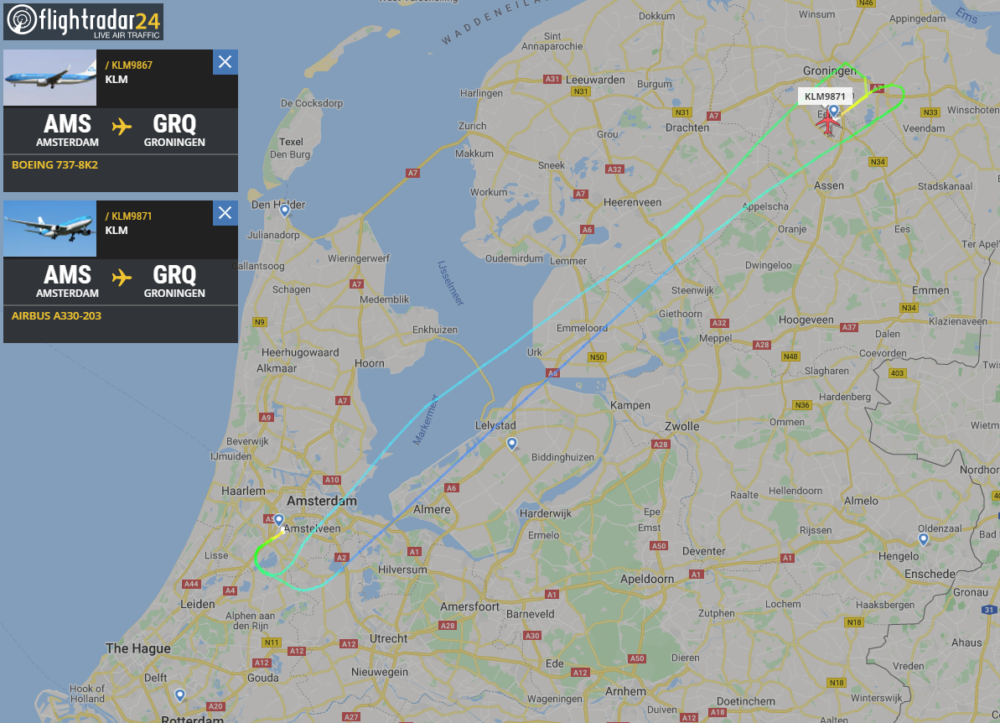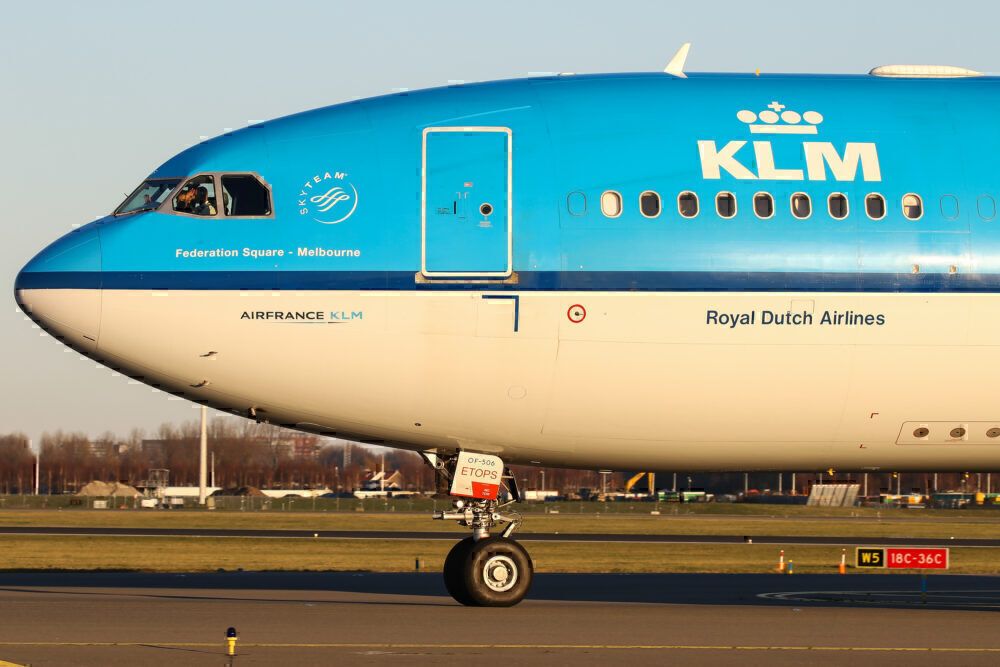KLM is sending 12 aircraft to storage at Groningen Airport Eelde, including ten Boeing 737s. The aircraft are being sent to the facility in the northeast of the Netherlands as it copes with a reduced schedule due to meager passenger figures.
While some airlines have begun to unground portions of their fleets, such as JetBlue with the launch of new routes in the United States, many airlines face a different reality. Indeed, Europe is currently experiencing its second wave of COVID-19, meaning that demand is once again dropping following a relatively successful end to the summer.
12 aircraft go to storage
Today, KLM announced that it is sending 12 aircraft to Groningen Airport Eelde in the northeast of the Netherlands. The aircraft are being transferred as they are not currently required for flights. Indeed, KLM is operating fewer than half of the flights that it was this time last year.
Stay informed: Sign up for our daily aviation news digest.
The 12 aircraft will be made up of two types in the KLM fleet. These are ten Boeing 737s, alongside two Airbus A330s. The departures began today with one of each aircraft making the journey. PH-BGC, a Boeing 737, went first, followed by PH-AOE, an Airbus A330. The distance between the two airports is just 95 miles as the crow flies. However, it takes around 2.45 hours to drive between the two, a distance of 124 miles.
Given the short distance, the flight between the two doesn't take long, with the Airbus A330 spending more time taxiing on the ground. It took off from Schiphol at 11:02. It then climbed to 13,000 feet before landing in Groningen at 11:26, giving a total flight time of 24 minutes.
Given the winds, the aircraft had to turn around at each end of the flight, otherwise, it may have been an even shorter flight.
KLM will continue to look after the aircraft
KLM will continue to look after the aircraft while they're parked at Groningen. This means that the airline's engineers will periodically visit them to ensure they remain in tip-top condition. The airline says that this will allow the aircraft to return to service swiftly as and when needed.
Storing an aircraft requires a certain number of worker hours. All of the aircraft's egress points must be covered to stop contaminants from entering them. This could be anything from dust and water entering small gaps to ladybirds in pitot tubes and even owls making a home inside aircraft engines. Engineers will also make sure that systems are switched off and perhaps batteries disconnected. When aircraft are stored for a more extended period, they will undergo even more storage preparation.
What are your thoughts about this move? When do you think KLM will need these aircraft again? Let us know your thoughts in the comments!



